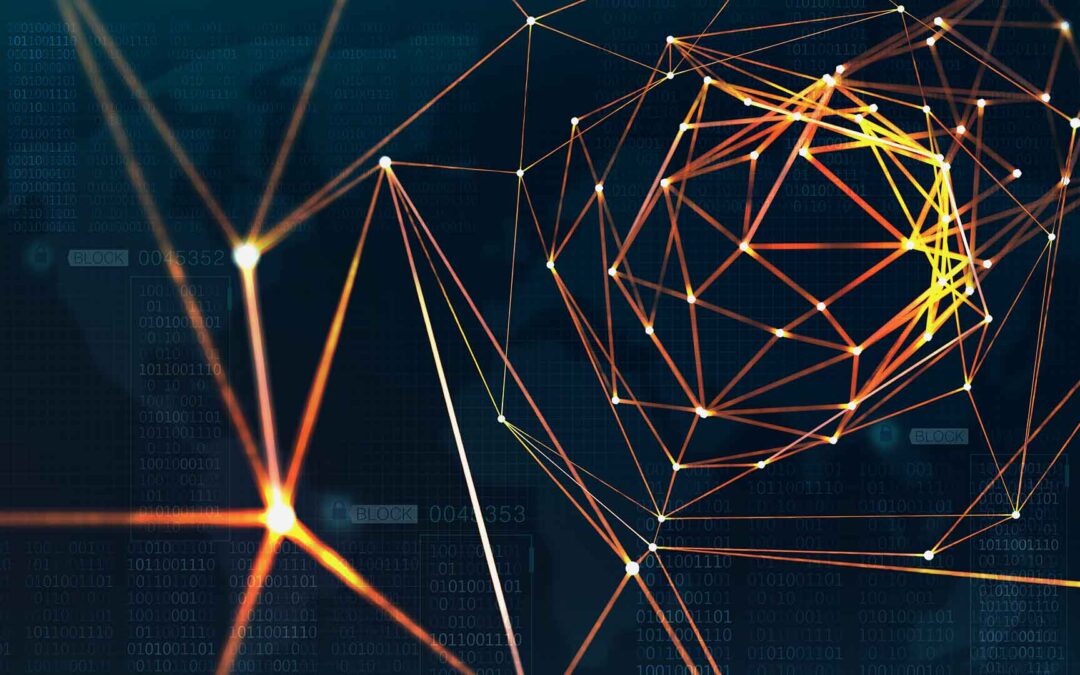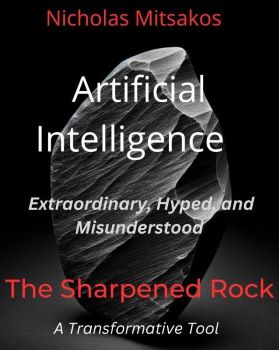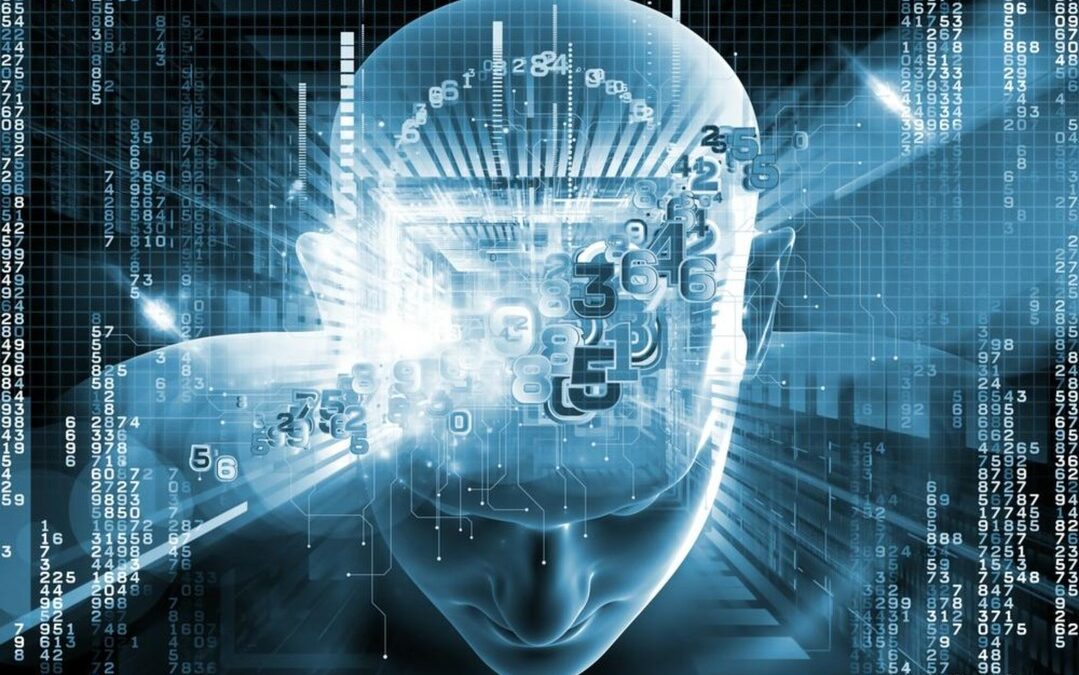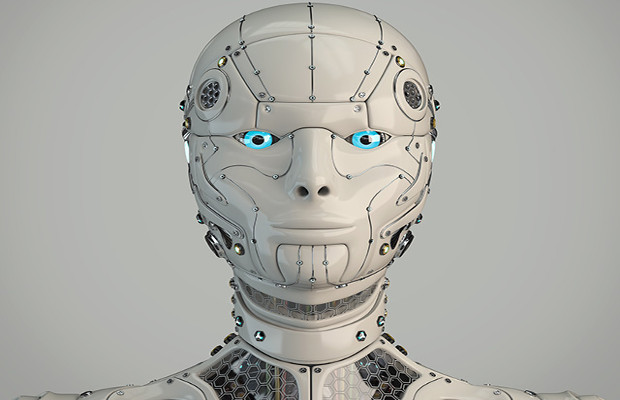
by Nicholas Mitsakos | Artificial Intelligence, Book Chapter, Innovation, Science, Technology, Transformative businesses, Writing and Podcasts
AI is not a data problem; it is a cognitive architecture problem. Data and computing power will become insurmountable hurdles for transformer-based models. A new generation of AI models requires fundamental breakthroughs. Large data models can’t learn, transfer knowledge or understanding, understand the relevance, or use analogous learning to transfer that relevance and predict. Current AI models require massive and increasing data and learn from reinforcement. This cannot scale and is massively inefficient. Real learning based on cognitive architecture, focused dynamic data, and referential data sets is a better solution. This is closer to real human learning, more effective and efficient, and offers a significantly better solution. Understanding the natural learning process — referential and analogous data, categorization, transferring and building upon that data, and creating knowledge applicable to new situations — learning builds upon itself and is exponentially effective. That is the real AI solution.

by Nicholas Mitsakos | Artificial Intelligence, China, Economy, Globalization, Innovation, Investment Principles, Technology, Transformative businesses, Writing and Podcasts
Chairman Xi faces more significant problems than just a declining stock market. Future prosperity, innovation, and China’s global position in advanced technologies are at stake. Bureaucratic regulation and central government money are not the answer, and an uncomfortable truth for communist bureaucrats is that a free market, access to venture capital and private equity, and vibrant public markets are essential for China’s success. A volatile market is still best at attributing value and allocating capital over time. China’s entrepreneurs have brilliance, incomparable fortitude, and a strong work ethic, but without capital and liquidity for that capital, the ship will run aground. Permanent capital is essential for the growth of an economy, innovation, and prosperity. Liquidity is essential for that capital.

by Nicholas Mitsakos | Artificial Intelligence, Book, drug discovery, Economy, Financial Technology, Green Energy, Transformative businesses, Writing and Podcasts
AI as a powerful tool under human direction, not an autonomous entity with consciousness or emotions. It examines artificial intelligence’s opportunities, limitations, and risks while giving a reality check to the hyperbole and fears.
The first and most crucial principle in understanding AI is recognizing its inherent nature as a tool, a creation of human ingenuity designed to augment, rather than replace, human intelligence. AI systems, at their core, are complex algorithms capable of processing and learning from data at a scale and speed unattainable by human cognition.
However, it is an unprecedented, powerful tool that can permeate every aspect of society, industry, and human ingenuity globally. Its impact can be equivalent to Prometheus giving humans the gift of fire.

by Nicholas Mitsakos | Artificial Intelligence, Book, Book Chapter, Innovation, Science, Technology, Transformative businesses, Writing and Podcasts
Artificial intelligence is poised to significantly impact various fields and activities, transforming how we approach creativity, professional activities, science, and many more domains. Disruption will accelerate the development of new innovative businesses and strategies in finance, medicine, data management, systems engineering, materials science, art, and other industries. AI’s impact will be profound and multifaceted, driving innovation and efficiency and posing challenges regarding ethics, job displacement, and new skills and regulations. As AI continues to evolve, its integration into these areas will likely shape the future of human society in significant ways.

by Nicholas Mitsakos | Artificial Intelligence, Book Chapter, drug discovery, Green Energy, Innovation, Public Policy, Science, Technology, Transformative businesses, Writing and Podcasts
The era of artificial intelligence is here, and it’s generating despair and fear over the loss of control and the worry that artificial intelligence is about to unleash killer robots and enslave humanity. Perhaps…or, something else. Artificial intelligence will improve lives and generate greater access to education, improve healthcare, and advance climate science. Among many other improvements, AI’s benefits greatly outweigh its costs. AI has its costs since everything comes with a price (there are always both sides to the ledger), but the extraordinary benefits that artificial intelligence can unleash are worth the effort. Don’t slow down, pause, or restrict research, development, and AI applications. Prometheus gave the world fire and while we can still cause great harm, it was among the single greatest advancements for humankind. Artificial intelligence can be the same thing for our modern-day recipients of fire from the gods. But, we can’t be naïve. We can still burn the earth down if we are not careful. AI will not destroy the world – and is more likely to save it. I’s trajectory points towards a future where it not only enhances technological capabilities but also enriches human lives. Its evolving role will be characterized by a synergy between human and artificial intelligence, propelling societal progress and opening new frontiers of innovation and discovery is not just a technological advancement; it’s a catalyst for a new era of human endeavor. Its impact is vast, touching every aspect of our lives and work. As AI continues to evolve, its role in shaping our society and driving innovation will only become more significant, opening new horizons for growth, creativity, and human potential.

by Nicholas Mitsakos | Book, Financial Technology, Innovation, Science, Technology, Transformative businesses, Writing and Podcasts
Cryptocurrencies soar in value, plunge, hit new highs, are written off, rebound, and hit new highs again, and the cycle repeats. We should be terrified. Over the last five years, cryptocurrencies such as Bitcoin and Ether have outperformed the overall market. However, can the general trend of outperformance last, or will these digital assets drop over 90% like some of its other crypto brethren? Is there a sustainable performance that creates the foundation for either a new currency or a valuable asset class? Probably not. Forces that drive these eye-watering returns seem to be the same as those that drove the social media-driven insanity behind meme stocks such as GameStop. We are seeing social media mobs controlling demand to a limited supply, creating price spikes that look attractive to any speculative investor. Unfortunately, demand can dry up quickly and the price subsequently falls through the floor. Financial markets ruthlessly sort nonsense from substance. Volatility and existential threats have been brutal and extreme for digital assets and the reckoning for crypto has been predicted for some time. However, digital assets are not on their way to history’s dustbin. Reality is more nuanced, and I try to provide a more detailed analysis since a broad brush hardly seems appropriate. The weakest and craziest portions of the crypto world have been exposed as nothing more than silliness. But some valuable components remain resilient and offer tremendous opportunity. I will explore these in detail. There is more cause for optimism than pessimism among the best and the brightest. We will explore these opportunities while harshly dismissing the hype and silliness – avoid the terror of worthless market.

by Nicholas Mitsakos | Innovation, irrationality, Science, Transformative businesses, Writing and Podcasts
The future does not need us, and apparently, we don’t need it either. The future isn’t what it used to be. Humankind evolved to have a long-term view, either from religious teachings, the seasons, empires, and epoques, beyond the temporal spaces of our lifetimes. We went from living in an extended present to thinking about a long-term future. Our horizons have gotten much shorter. When I wrote my latest book, “The Ten Year Horizon,” ten years seemed a sufficient and faraway temporal space to discuss a long arc of basic scientific research and discovery that could address our most urgent problems. However, it’s most appropriate to think a century ahead to understand the future we want. It’s not just for us, it’s for generations to come. Collectively, mankind has never had so many ways to destroy itself through self-made dangers including nuclear weapons, bioterrorism, climate change, antibiotic resistance, and many other self-manufactured threats. It is time for temporal maturity and ignore the tumultuous waves striking the boat today and keep our eye on the long-term horizon. Short-term thinking has brought the potential for a catastrophic crisis even closer. Perhaps now it is time to grow up and think about the future. What do we want to be – because whatever that may be, we are certainly not working towards it now.

by Nicholas Mitsakos | Economy, Green Energy, Science, Technology, Transformative businesses, Writing and Podcasts
In crisis there is opportunity. The infrastructure of modern society – utilities, telecom systems, energy systems, highways, and other components – is essential for global economic development, unavoidable, demanded by many, poses seemingly insurmountable obstacles, and is poised at the edge of transformational change. Emerging economies need a range of basic infrastructure and services, especially in fast-growing cities – now becoming megalopolises. They will not wait for a “green future” to develop. Carbon footprint reduction is not a priority and is independent of emerging economies’ government policy. On top of this, developed economies are not done building and increasing energy usage. Aging essential infrastructure, such as bridges and water utilities, needs upgrades. The move toward a greener global energy future, and a more advanced and digitally connected society, needs to be built. Domestic energy development, energy security, affordability, fossil-fuel-based infrastructure, and other infrastructure development will be part of the global energy mix for decades. It is another example of private markets drawn to attractive investment opportunities to increase efficiency, lessen carbon footprints, and lead to independence and security. It’s all about economics, profits, global opportunities, and private capital enabling fundamental change. Governments can talk, and people can whine, but the capitalists will make the real difference. That’s how the world changes; it has always been this way.

by Nicholas Mitsakos | Artificial Intelligence, Transformative businesses, Writing and Podcasts
Artificial intelligence is disrupting all software and services – when applied within narrow and specific parameters. It performs useful tasks and provides meaningful information for decision-makers but within well-defined data sets.AI still has significant limitations, and large language artificial general intelligence programs like ChatGPT (AGI) may not be the big leap forward many imagine. It is not the vanguard of a new era permeating every aspect of our professional, academic, and personal life. AGI’s usefulness is overstated, and it is not going to happen. Intelligence is not a lumbering statistical engine searching for patterns to generate a useful response. AGI is. The predictions of AGI are superficial and dubious. True intelligence is the ability to think and express improbable but insightful ideas (e.g., Einstein’s Theory of Relativity, Newton’s Laws of Motion, and many other improbable, insightful, and truly intelligent insights). Machine learning cannot do this. ChatGPT is a lumbering statistical engine searching for pattern recognition and feeding on incomprehensible terabytes of data and extrapolating the most probable answer. By contrast, the human mind is an efficient elegant system operating with small amounts of information. Human intelligence creates explanations. It does not infer conclusions by brute force and spurious correlations.

by Nicholas Mitsakos | Book Chapter, China, Economy, Globalization, Public Policy, Trade, Transformative businesses, Writing and Podcasts
Isolationism, fragmentation, and pessimism always fail. Globalization has been everyone’s favorite punching bag for a while. It is hard to feel optimistic about its prospects. However, globalization has a better future. If you are a fan of globalization, cooperation, and comparative advantage, the last decade has been extremely challenging. Ten years ago was a time of optimism on a global scale. However, economic and geopolitical forces have combined to add friction and fragmentation to global exchange. The benefits are now even greater and with everyone’s self-interest and mutual benefit, this geopolitical stalemate will pass – more quickly than is commonly thought today. Cooperation, integration, and mutual benefit win in the end. It is a time to be optimistic once again.

by Nicholas Mitsakos | Artificial Intelligence, Biotechnology, Book Chapter, drug discovery, Green Energy, Health Care, Innovation, Public Policy, Science, Technology, Transformative businesses, Writing and Podcasts
Our most intractable problems cannot be solved with behavior modification, conservation, or our existing technology, regardless of its advanced or widespread applications. Only new knowledge creating innovative solutions can address our most intractable problems. This can only be achieved through basic scientific discoveries and then combining these discoveries with enterprise-based innovation, commercial discipline, and competition. Innovation, creativity, and competitive dynamics create the most effective innovations, the best solutions, and the most sustainable companies. Developing the best public policy as well as the best structure to enable innovative and creative solutions, as well as the economic incentive to scale these opportunities and make them economically sustainable. Central planning, bureaucratic industrial policy, government-led economic management, and dictatorial focus have always failed, and always will.

by Nicholas Mitsakos | Artificial Intelligence, Biotechnology, drug discovery, Transformative businesses, Writing and Podcasts
Discovery, innovation, and practical application are never a straight line and, the best analogy is “the broken road.” Our greatest discoveries and advancements have confusing, uneven, and broken pathways that often lead somewhere astonishing – even though at the outset the initial steps could never envision this as a final destination. Artificial intelligence is the embodiment of this concept. A powerful tool that can lead anywhere given the imagination and unlimited creativity of its users. There may be nowhere more impactful, generating therapies for unmet medical needs in record time, than artificial intelligence’s ability to mimic evolution in minutes. The real outcomes are still unpredictable, but the potential is unfathomable. AI languages that produce pictures seem to be initially relegated toward a combination of Tik-Tok influencers, outraged artists, and those with limited imaginations and creative skills. But now, AI-generated pictures can use text to direct specific protein designs with properties of shape, size, and/or function that make it possible for these new proteins to perform specific tasks on demand. This breakthrough may lead to more efficient and effective drug development and, the discovery in minutes of what evolution would otherwise have taken millions of years to develop.











